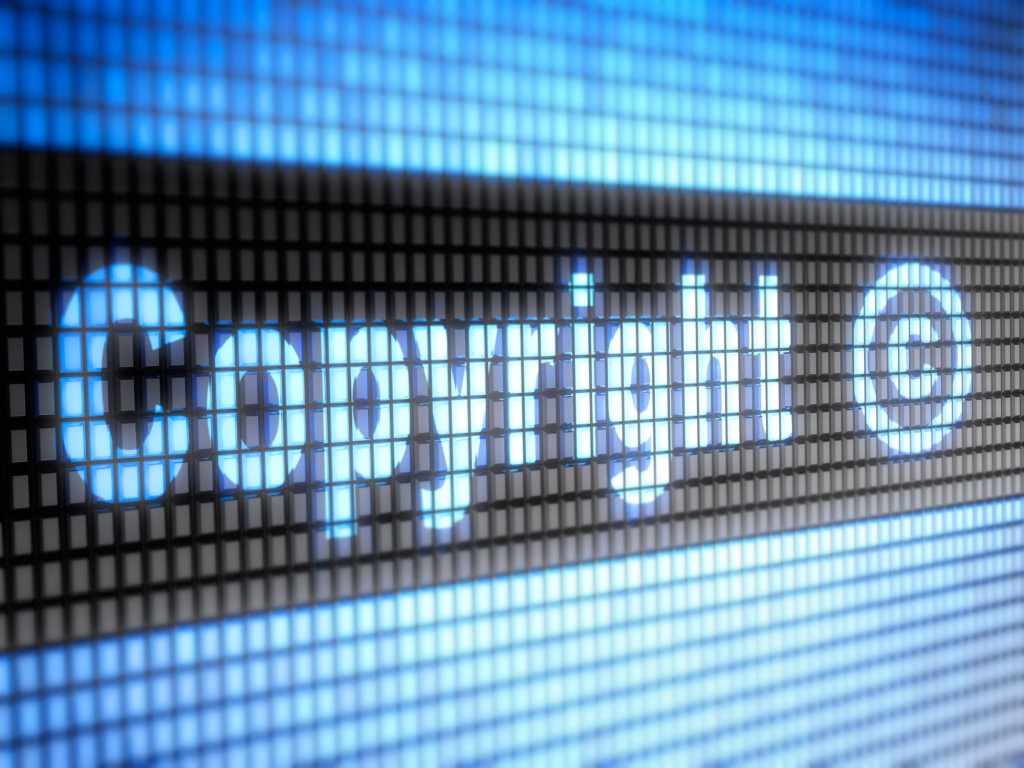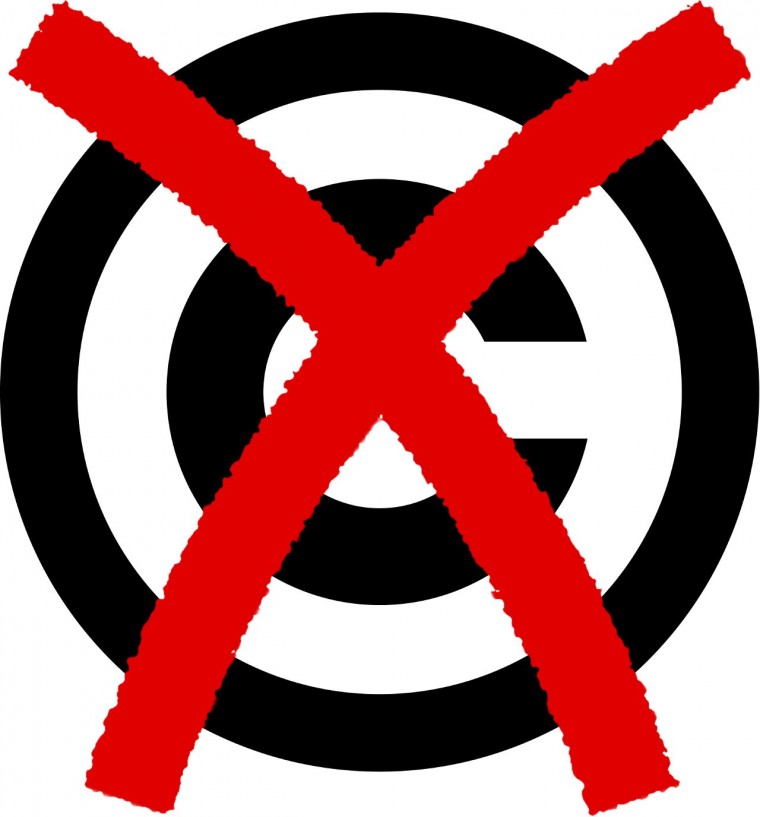‘Copyright is the legal right granted to an author, composer, playwright, publisher, or distributor to exclusive publication, production, sale, or distribution of a literary, musical, dramatic, or artistic work'(Milhorn,2007).

Copyright for the digital age – (Nordenson, 2015)
‘The goal of the copyright regime is to establish a balance between the private interests of creators and the public benefit of making cultural materials broadly available for use and reuse'(Palfrey et al., 2009).
The core copyright principle lies in the right to reproduce the creative work and control this process that is the reason for the name of this kind of intellectual property. However, today ‘copyright law goes much farther than protecting works against copying in the strict sense of the word (Litman, 1996).
The current UK act is the Copyright, Designs and Patents Act 1988. It covers’broadcast and public performance, copying, adapting, issuing, renting and lending copies to the public’ (UK Copyright Law, 2016).
Types of works protected:
1.Literary works
including song lyrics, manuscripts, manuals, computer programs, commercial documents, leaflets, newsletters, newspaper articles, blog posts, etc.
2. Musical works
Includes musical notations of all kinds: recordings and score.
3. Dramatic works
Involves plays, screenplays, TV scripts, and dance, etc.
4. Artistic works
Includes photography, painting, sculptures, architecture, technical drawings/diagrams, maps, logos.
5. Typographical arrangement of published editions
magazines, periodicals, etc.
6. Sound recording
‘While the musical notes that make up a song is protected as a musical work, the actual recording of that performed notation is protected as a sound recording. Sound recordings are a distinct and independent category from musical recordings because they also includes everything that can be recorded and reproduced that isn’t music, including speeches, sound effects, and audio books'(New Media Rights, 2011).
7. Film
Includes video footage, films, broadcasts, live webcasts, video podcasts and cable programmes.
(UK Copyright Law, 2016).
In copyright law, there is a concept of fair use, also known as free use, fair dealing, or fair practice (UK Copyright Service, 2004). Due to this doctrine, some actions that ‘would normally be regarded as an infringement of the work'(UK Copyright Service, 2004), are allowed for certain purposes.
‘UK legislation states the following situations when ‘fair dealing’ is permitted without requiring the copyright owner’s permission:
- non-commercial research or private study;
- criticism or review;
- reporting current events;
- illustration for instruction, quotation, or parody, caricature or pastiche'(Collins, 2015)
‘The idea behind this is that if copyright laws are too restrictive, it may stifle free speech, news reporting, or result in disproportionate penalties for inconsequential or accidental inclusion'(UK Copyright Service, 2004).
However, a user should be acknowledged of the fair use terms and this fairness should be proven for the exception to apply (Collins, 2015). In addition, it shouldn’t prejudice the moral rights of the creator and does not permit ‘commercial’ use.
Since the concept of fair use is complex and each case has its own size limitations, the video below and this article are helpful for its comprehensive understanding:
